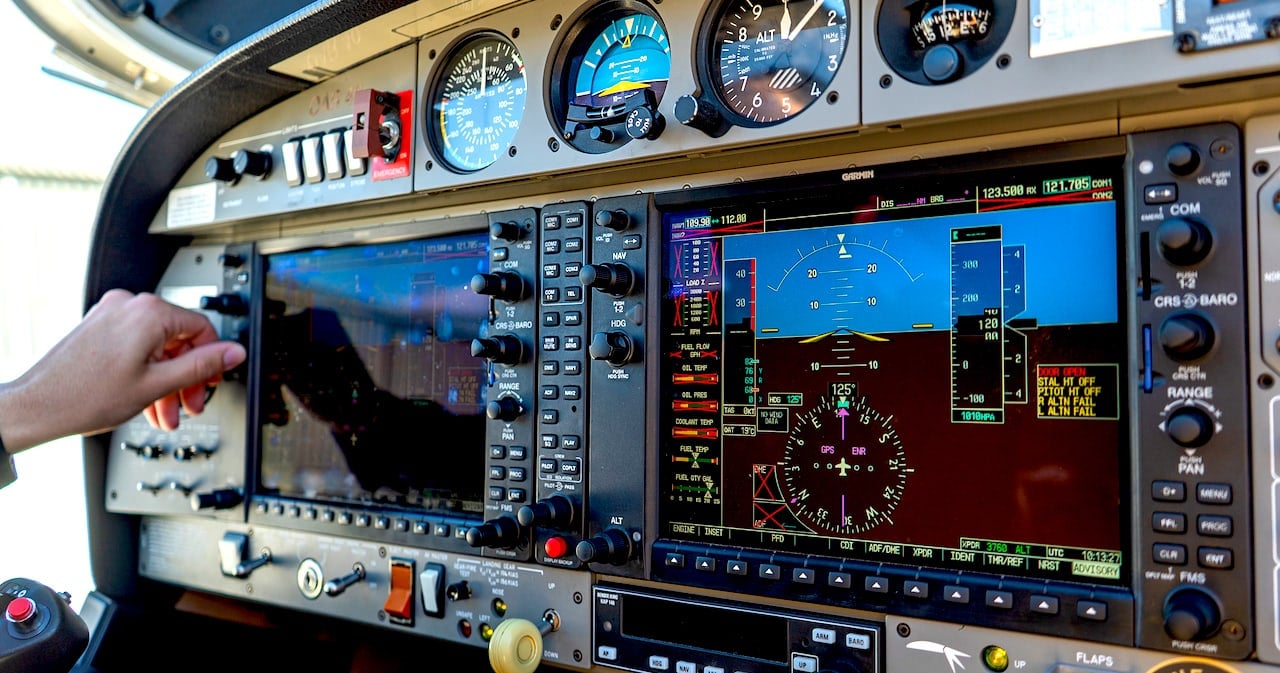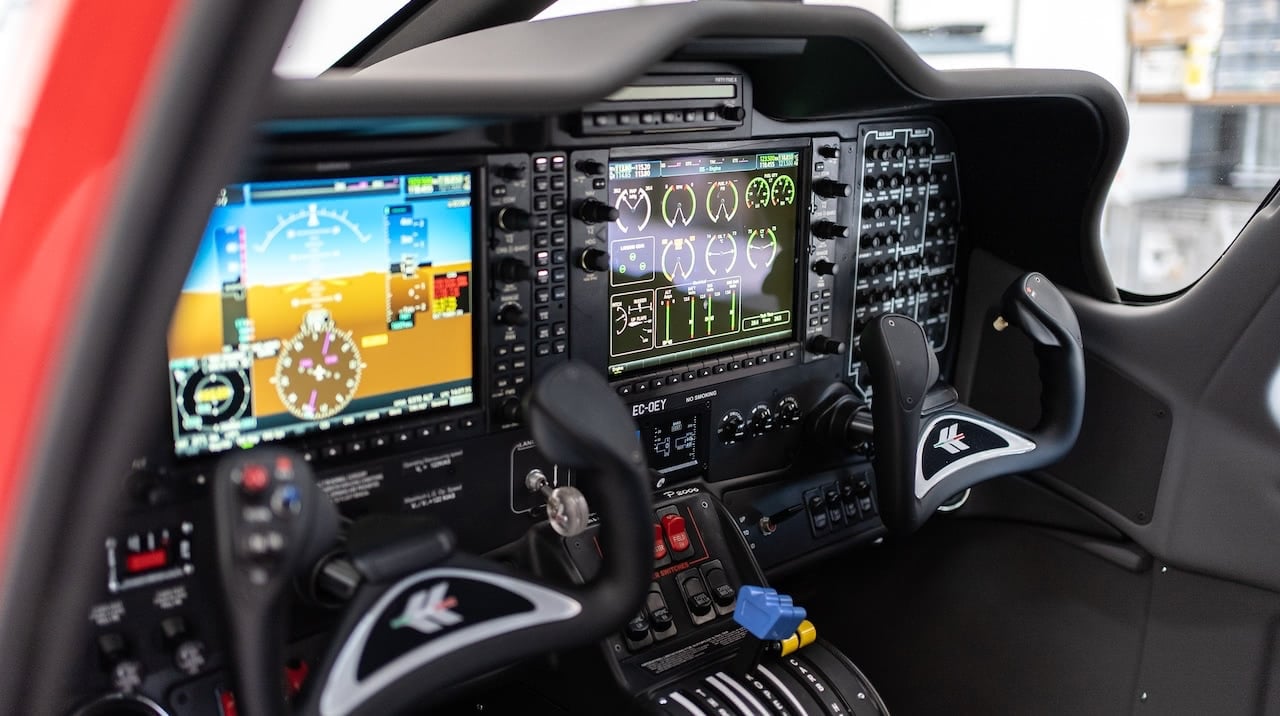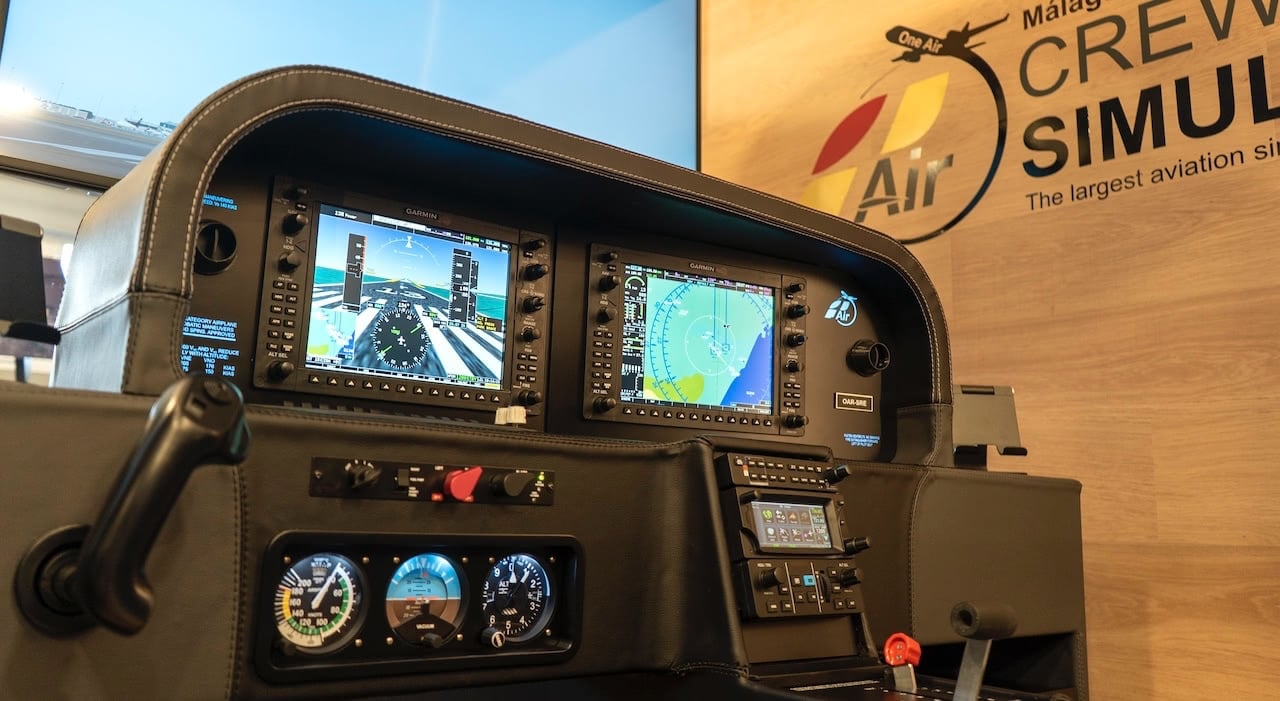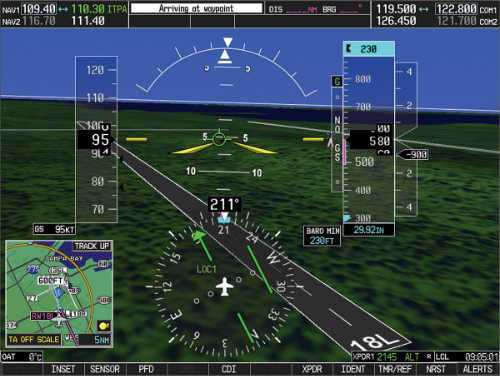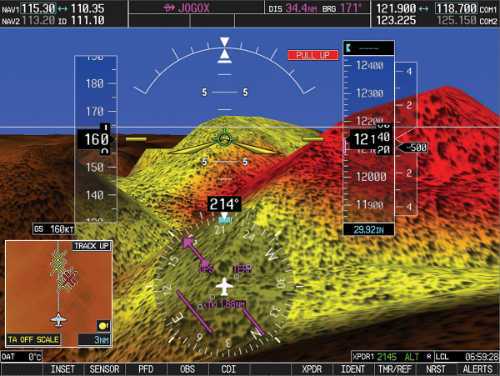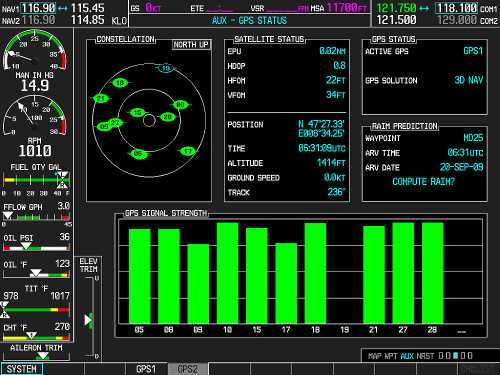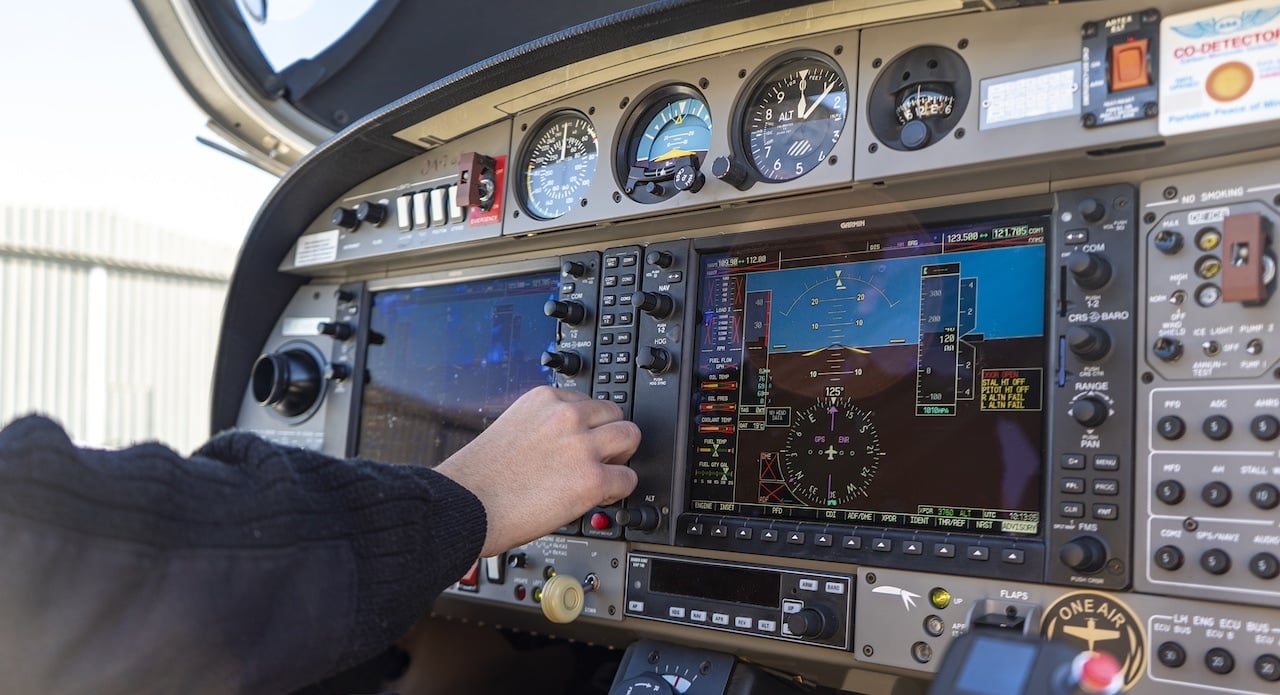On the path to becoming a commercial pilot, simulation is a fundamental resource. For this reason, we have designed our flight simulation centre so that each of our aircraft has a specific training simulator for its type of avionics.
However, in this particular post, we will focus on the Garmin 1000 simulators, in which our students interact in the same way as they will in our Diamond DA40, Diamond DA42, Cirrus SR20 and Tecnam P2006T aircraft.
Would you like to discover what advantages the Garmin G1000 simulators bring to training? Come and find out!

